Optimal Timing for Fence Service
Understanding the optimal timing for fence service is essential for maintaining the integrity and appearance of fencing installations. The timing depends on various factors including climate, seasonal conditions, and specific fence types. Proper scheduling can extend the lifespan of fences and reduce maintenance costs over time.
Spring is an ideal time for fence repairs and inspections after winter weather. It allows for addressing issues before the peak outdoor season.
Summer offers warm weather conducive to staining, sealing, and completing repairs without weather delays.
Fall is suitable for preparing fences for winter by sealing and addressing minor damages to prevent snow and ice damage.
Winter is generally less ideal due to cold temperatures and moisture, but certain repairs can be scheduled during mild conditions.

Spring inspections identify damages caused by winter weather, enabling timely repairs.
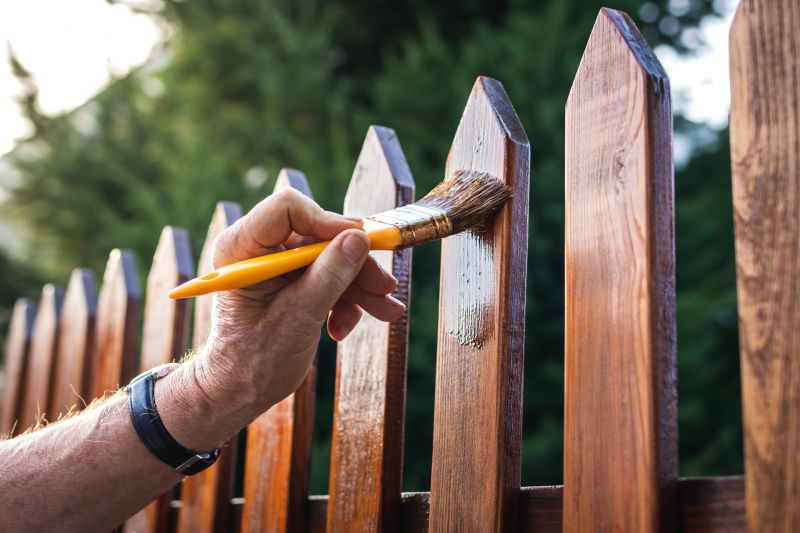
Warm summer months are ideal for staining and sealing fences to enhance durability.
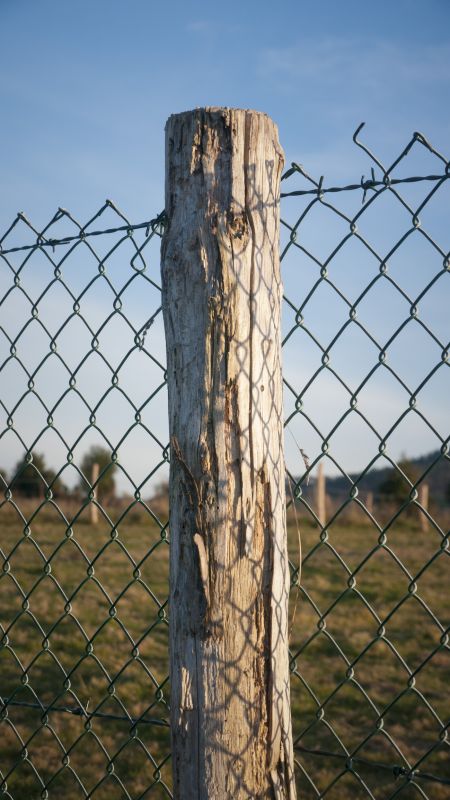
Fall is perfect for sealing and preparing fences for winter weather.
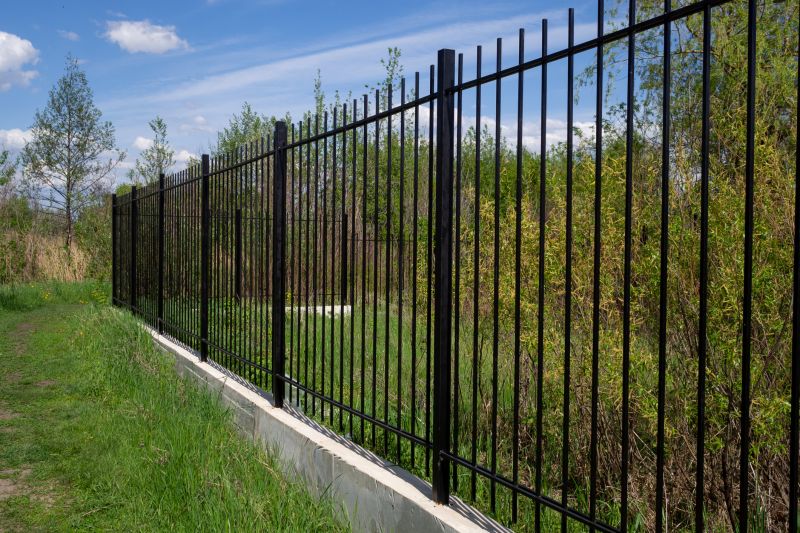
Ways to make Fence Service work in tight or awkward layouts.
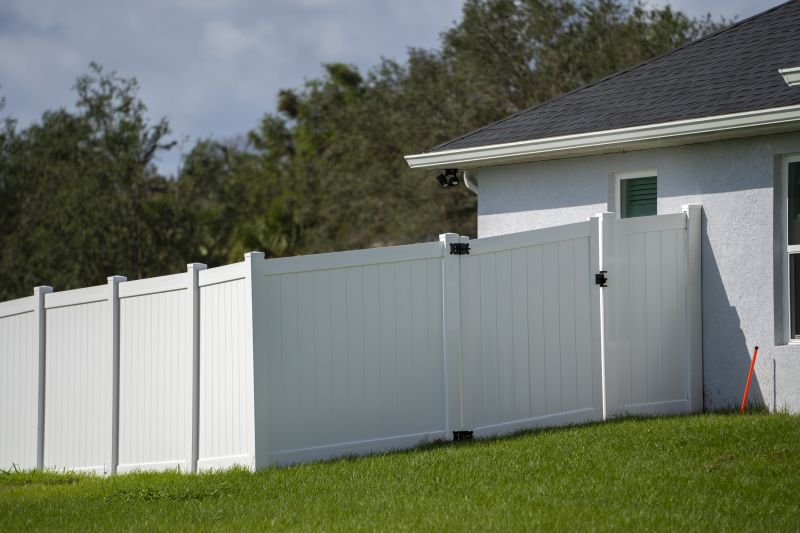
Popular materials for Fence Service and why they hold up over time.
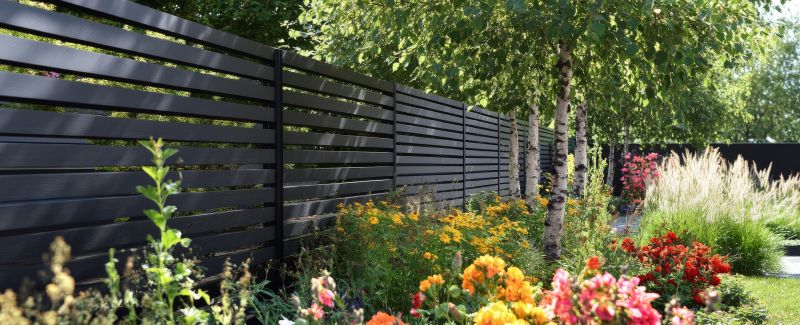
Simple add-ons that improve Fence Service without blowing the budget.
| Season | Recommended Fence Service Activities |
|---|---|
| Spring | Inspection, minor repairs, cleaning |
| Summer | Staining, sealing, major repairs |
| Fall | Sealing, damage assessment, winter prep |
| Winter | Limited repairs, inspections in mild weather |
Fence service includes a variety of activities aimed at prolonging the lifespan and maintaining the appearance of fencing structures. Regular inspections can detect early signs of damage, such as wood rot, rust, or structural weaknesses. Proper timing of maintenance tasks ensures fences remain functional and visually appealing throughout the year.
Statistics indicate that fences maintained during optimal seasons experience fewer repairs and last longer. For example, fences stained or sealed in summer are less prone to weather-related deterioration. Seasonal scheduling also minimizes disruptions caused by weather delays, ensuring timely completion of projects.

Spring repairs address winter damage and prepare fences for the active outdoor season.

Applying stain or sealant during summer enhances protection against UV rays and moisture.

Fall maintenance helps protect fences from winter weather and prolongs their lifespan.
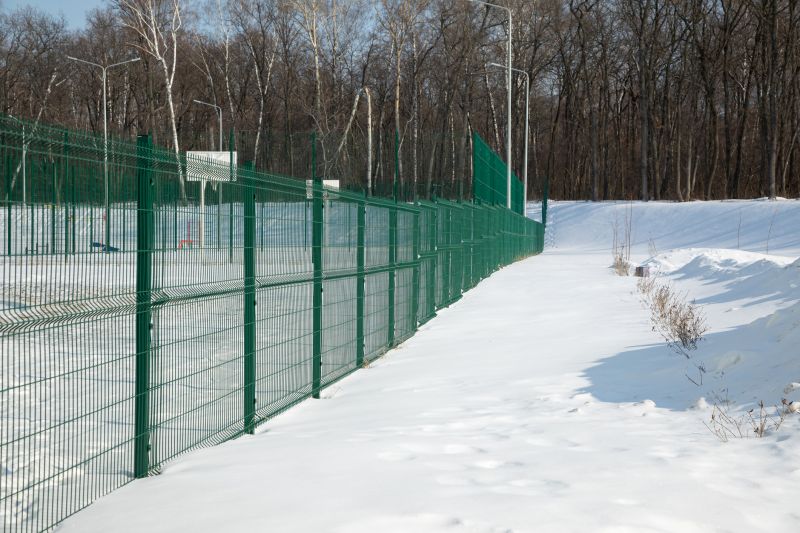
Winter inspections identify issues early, even during colder months.
Those interested in scheduling fence services are encouraged to contact for more information. Proper timing and regular maintenance can significantly improve fence durability and appearance, ensuring long-term value and aesthetic appeal.


